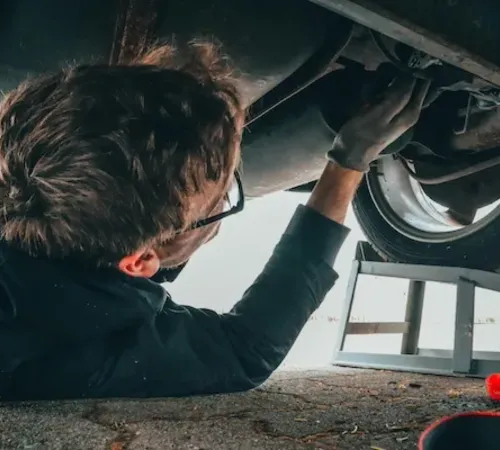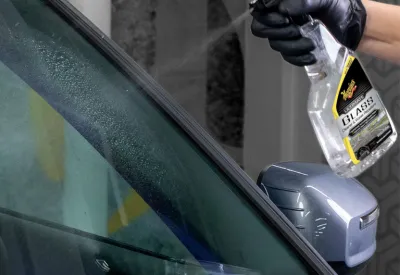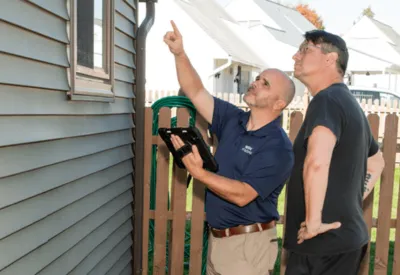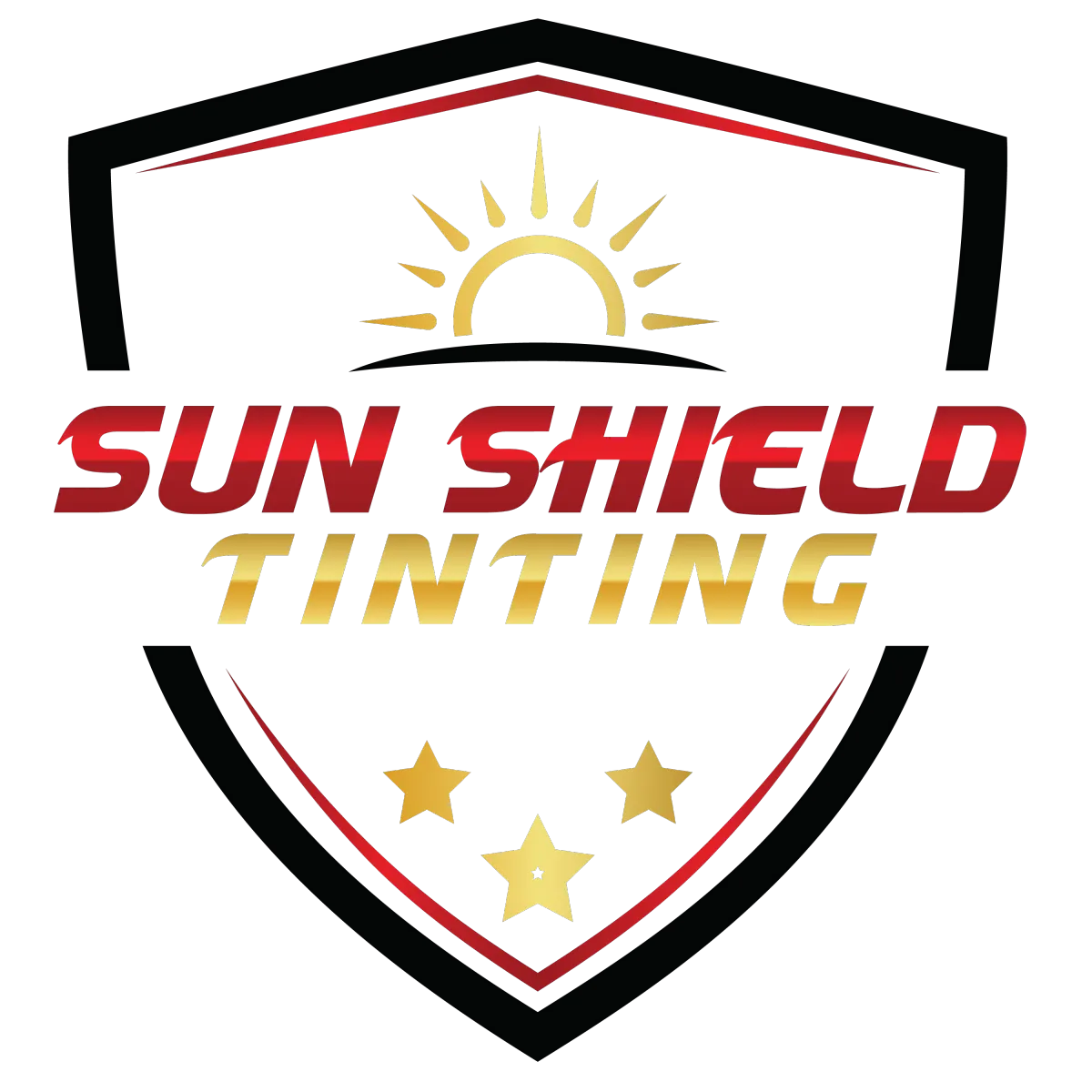Ceramic Coating Simplifies Regular Vehicle Maintenance
Ceramic Coating Simplifies Regular Vehicle Maintenance
Vehicle Care
Why Maintenance Gets Complicated Fast

Unprotected paint demands constant attention. Road film, Texas dust, and bird fallout stick hard to the clear coat, so owners scrub weekly just to keep color visible. Every wash risks swirl marks, and wax breaks down within weeks in summer heat.
Add pollen season and sudden hail grit, and the workload climbs. Clay bars, polish cycles, and new bottles of sealant become routine expenses. Because a clear coat has no self-cleaning ability, surfaces look dull days after detailing, making maintenance feel like an endless treadmill. All that effort steals weekend driving joy.

Ceramic Coating Slashes Cleaning Workload
Once a ceramic coat bonds to paint, soil struggles to stick. The slick hydrophobic surface beads water, so a low-pressure rinse lifts dust and mud in minutes. Because the coating blocks ultraviolet and chemical stains, one of the key benefits of ceramic coating for Texas drivers owners skip monthly wax layers and harsh degreasers. Regular washing shifts from two buckets and elbow grease to a gentle foam gun and microfiber towel.
Long intervals between deep details mean fewer swirl marks and less clear-coat loss over the life of the car. With proper technique, a quick maintenance wash finishes in under half an hour, freeing weekend schedules. The coat even resists bird droppings, so spot cleaning with a damp cloth replaces full soap sessions, saving water and reducing product costs.
How Hydrophobic Action Repels Grime

Silica nanoparticles in ceramic coatings arrange into a tight lattice when cured, creating a contact angle over 110 degrees. High angles force water into near-perfect spheres that roll away, dragging dirt along. This lotus effect keeps panels visually clean and lowers the chance of mineral spotting after rain.
Because less moisture lingers, iron fallout has limited time to bond, reducing the need for harsh chemical decontamination.
Silica nanoparticles in ceramic coatings arrange into a tight lattice when cured, creating a contact angle over 110 degrees. High angles force water into near-perfect spheres that roll away, dragging dirt along. This lotus effect keeps panels visually clean and lowers the chance of mineral spotting after rain.
Because less moisture lingers, iron fallout has limited time to bond, reducing the need for harsh chemical decontamination.

When dust does settle, its grip is weak, so a light pre-rinse removes it without scrubbing. The coating’s slickness also delivers impressive protection against road debris, so winter slush and road film slide off faster during regular touchless washes, protecting trim and emblems from corrosive salts.
Unlike traditional wax, the inorganic layer survives heat spikes well above 150°F, common on Texas hoods. That durability limits maintenance to simple washes and an annual inspection for bonded contaminants. A diluted alkaline cleaner or clay mitt usually refreshes hydrophobic performance without reapplication, streamlining upkeep while preserving showroom gloss. Owners find that avoiding abrasive wash brushes and using a pH-neutral shampoo are the only extra steps recommended, both quick and inexpensive. Compared to quarterly waxing sessions, those small tweaks feel minor yet deliver major time savings.
Ceramic Boosters Significantly Extend Your Coating's Life
Spray sealants containing SiO₂ or TiO₂ refresh the outer layer, restoring surface tension after months of exposure to detergents. Application is quick: mist on wet panels and dry with a microfiber towel. Because boosters bond to the existing ceramic matrix, they stack durability without building haze, ensuring the original clarity and candy-like depth remain untouched.
A quarterly booster session takes about ten minutes and doubles water-beading performance, making maintenance washes even faster. These products are inexpensive compared with a full second coat and require no curing lamps. When paired with a gentle wash routine, boosters can extend professional ceramic lifespan to seven or more years, delaying major reapplication costs and keeping the finish lively.
Routine Inspection Spots Early Issues
Even with a durable shield, inspecting the coating every few months ensures maximum performance. Look for uneven water sheeting, which signals embedded contaminants, or matte patches that suggest mechanical abrasion. Addressing these early prevents grime from anchoring and oxidizing the clear coat through micro-pores.
The check is simple: wash the vehicle as normal, then rinse panel by panel while noting beading patterns. If a spot flattens, a quick clay application or iron remover usually restores slickness. Catching trouble soon costs minutes, not hours, and keeps the annual detail budget low.
Even with a durable shield, inspecting the coating every few months ensures maximum performance. Look for uneven water sheeting, which signals embedded contaminants, or matte patches that suggest mechanical abrasion. Addressing these early prevents grime from anchoring and oxidizing the clear coat through micro-pores.
The check is simple: wash the vehicle as normal, then rinse panel by panel while noting beading patterns. If a spot flattens, a quick clay application or iron remover usually restores slickness. Catching trouble soon costs minutes, not hours, and keeps the annual detail budget low.


If abrasion breaks the coating, isolated polishing followed by a spot recoating returns protection without a full correction. These micro-repairs are far easier than buffing an entire hood stripped of wax, and because the damage is confined to nanolayers above the clear coat, original paint thickness stays intact. Most owners schedule this inspection during oil changes, combining chores efficiently. Sun Shield offers complimentary yearly checks as part of every ceramic coating services, providing expert eyes and maintenance product discounts.
How Ceramic Coating Cost Savings Add Up Quickly
Wax, applicator pads, polish, and sealants seem cheap individually, but repeated purchases over five years often exceed the price of a professional ceramic job. Factor in three hours per detail session, plus water and electric use, and the hidden cost of DIY care rises further. Add potential paint-correction labor after deep scratches, and the differential widens.
Because ceramic coating reduces wash frequency and eliminates waxing, owners recover weekends and lower supply bills. The tougher surface also commands higher resale offers, often offsetting initial expense entirely. Insurance companies increasingly note coated vehicles suffer less clear-coat damage, lowering small claim frequency; some now provide appearance-protection discounts, amplifying savings for conscientious drivers. Over a decade of ownership, savings can reach thousands, especially for dark paints that show defects quickly. When combined with lower product needs and fewer professional details, the financial case for coating becomes difficult to ignore.
Professional Application Delivers Reliable Results
A ceramic coating only fulfills its promise when applied over perfectly corrected paint. Sun Shield prepares each vehicle with meticulous paint-gauge readings, decontamination, and multistage polishing that levels microscopic imperfections. This process allows the coating to bond directly to a glass-smooth clear coat rather than trapped residue, securing maximum durability.
Technicians then measure climate conditions to optimize flash times, ensuring chemical cross-linking develops fully. Panel wipe downs between layers remove solvents so the final surface remains streak-free and bright. A controlled cure under infrared lamps locks hydrophobic properties in place. That level of detail simply is not feasible in a driveway environment, making professional installation the safest route for lasting protection and simple maintenance. Clients also receive tailored wash kits and aftercare coaching.
Choosing the Right Ceramic Coating Package for You
Not every vehicle needs a full-body, multilayer ceramic shield. Sun Shield builds scalable packages, from single-layer coverage on high-impact panels to dual-layer systems offering extreme hardness and an extended warranty. During a consultation, technicians study driving habits, garage access, and paint color to suggest protection that simplifies upkeep without straining your budget. Dark sedans that face open-lot parking lean toward the ultimate package, whereas a lightly driven weekend convertible gains plenty from a partial front-clip treatment.
Each plan comes with a detailed care guide and access to our ceramic coating follow-up wash program, ensuring the easy maintenance promised at install continues season after season. Ready for paint protection tailored to how you drive? Book your free assessment with Sun Shield today and give your vehicle the lasting shine it deserves.
Get our latest news and promos


SATISFACTION GUARANTEED

UNPARALLELED SUPPORT
Sun Shield of Lubbock
Social Media
Payments Accepted







